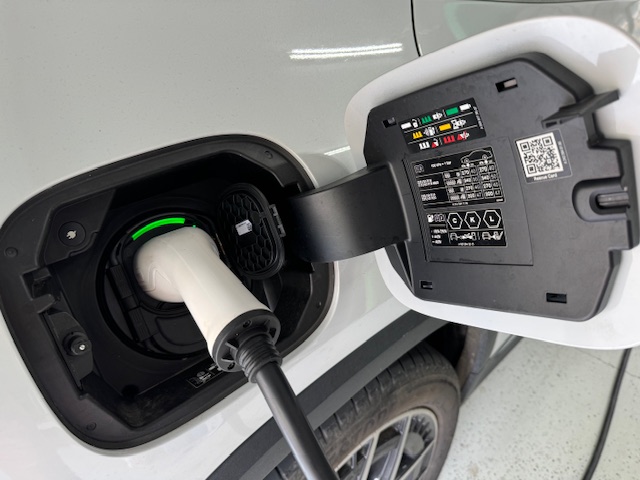By Kim Beazley*
Australia has the chance to resolve the problems the AUKUS partners and their friends and allies have with critical minerals, particularly with rare earths, in the face of what is now effectively Chinese monopoly and dominance in processing—a product of skilful statecraft. (The Australian Strategic Policy Institute. The Strategist.)

